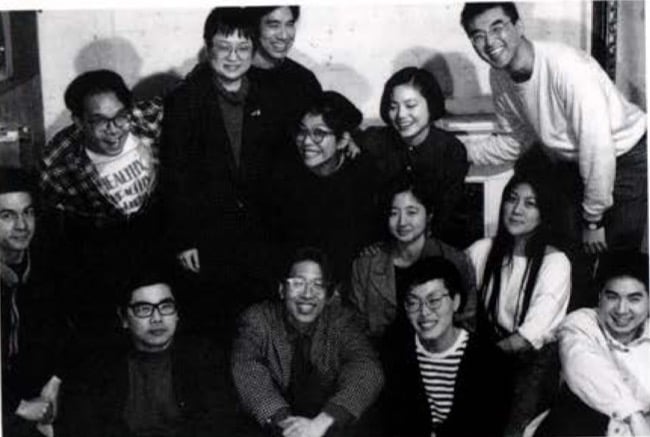The Museum of Chinese in America in New York has called off an exhibition focusing on a 1990s Asian American art collective after the majority of the participating artists withdrew.
The 19 artists, who were members of the group Godzilla, oppose the museum’s acceptance of $35 million in city funds, which they say suggests its complicity in the construction of a new jail in Chinatown that is part of Mayor Bill De Blasio’s plan to close the notorious Rikers Island jail.
Among the signatories to the letter are Byron Kim, Paul Pfeiffer, and Lynne Yamamoto.
Community groups in the neighborhood have been fighting vigorously against the planned jail, which they say will hurt businesses. Godzilla, in its statement, said the museum’s acceptance of city money, and its alleged failure to speak out against the construction of the complex, suggests its “complicit support” of a broken criminal justice system.
The museum, in a statement, said it “has always been unalterably opposed to building a jail in Chinatown,” and that it has expressed that position many times. The museum’s president, Nancy Yao Maasbach, also told the artists in a letter obtained by Artforum that it issued a statement against the proposed jail online.
But the artists say that “grossly misrepresents” the museum’s position, and assert that “its leadership sought to actually benefit from the jail construction.” According to Artforum, the group also claims the museum’s public statement against the jail was only available as a PDF on an obscure webpage that has already been redesigned.
In a 2019 document titled “Borough-Based Jail Plan Points of Agreement,” the city offered the money to the museum to help it construct a new permanent home, as well as a new performing arts space.
Adding an additional wrinkle to the case is museum board member and local landlord Jonathan Chu’s reported threat to evict the owners of Jing Fong, a beloved local restaurant, from his premises. The owners closed the restaurant earlier this month.
Slated to open this spring, “Godzilla vs. The Art World: 1990–2001” was to be organized by Herb Tam, the museum’s curator and director of exhibitions, and independent curator Ryan Wong.
As himself Wong wrote in a 2017 Hyperallergic essay about Chinatown art collectives, Godzilla had real clout.
When the group criticized the Whitney Museum of American Art for failing to show Asian American artists, the museum included group member Byron Kim in its 1993 Biennial, and hired member Eugenie Tsai as a curator the next year.
The collective also organized shows at venues like Artists Space (in 1993), and was included in the 1998 show “Urban Encounters” at the New Museum. By 1997, the group boasted some 231 members, but by 2001, Godzilla disbanded, with many members convinced the group had accomplished its purpose.
Correction, 3/15: A previous version of this article incorrectly stated that Museum of Chinese in America board member and landlord Jonathan Chu evicted the owners of Jing Fong, a local restaurant. In fact, the owners decided to close. We regret the error.






